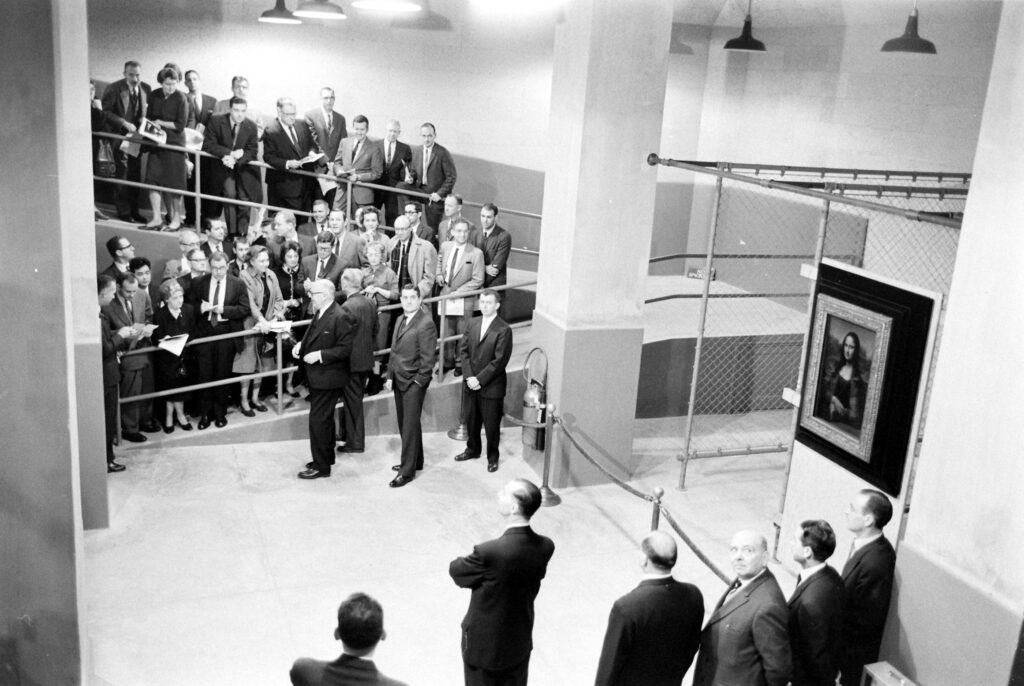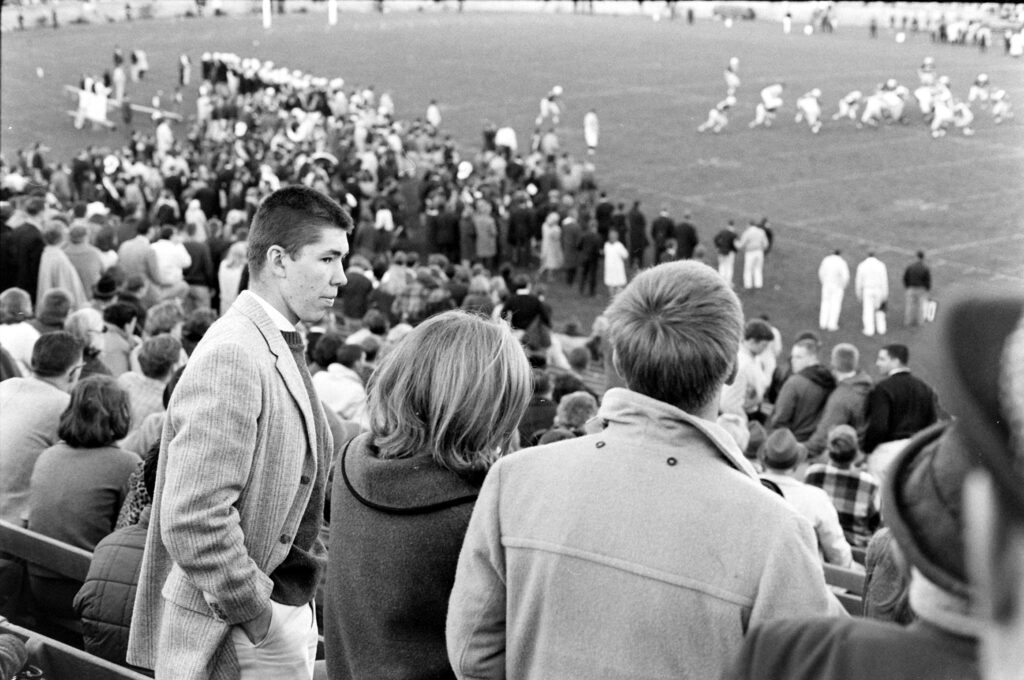When LIFE photographer W. Eugene Smith photographed Frank Sinatra, Marian Anderson, Igor Stravinsky, Benny Goodman and others at the RCA and Columbia studios in 1951, he didn’t just shoot them making music. He also captured quiet moments of self-evaluation that are in themselves a key part of the creative process. Knowing that the public would be listening to and judging these recordings for years to come, “they listen with feelings of despair, approval or plain exhaustion to the playbacks of their own music,” LIFE explained.
What follow is is a rare and intimate look at these artists in their times of creation.
Liz Ronk edited this gallery for LIFE.com. Follow her on Twitter @lizabethronk.

Frank Sinatra and musicians in a studio during a recording session at CBS.
W. Eugene Smith The LIFE Picture Collection/Shutterstock

Patrice Munsel, tea thermos handy, curled up and beat time to herself performing an aria from Fledermaus.
W. Eugene Smith The LIFE Picture Collection/Shutterstock

Gregor Piatigorsky unhappily listened to a movement being played back.
W. Eugene Smith The LIFE Picture Collection/Shutterstock

Rudolf Serkin, his hair bristling, listened with deep absorption to his Beethoven Emperor Concerto.
W. Eugene Smith The LIFE Picture Collection/Shutterstock

Marian Anderson listened doubtfully to her Brahms Alto Rhapsody. But the orchestra applauded her performance.
W. Eugene Smith The LIFE Picture Collection/Shutterstock

Eyes closed and their faces mask-like in deep reverie, Helen Traubel (left) and Herta Glaz (right) sat in recording booth with sound engineers listening to their duet from Tristan.
W. Eugene Smith The LIFE Picture Collection/Shutterstock

The face of genius is here preoccupied with the correct time—a necessity for a man of Igor Stravinsky’s precise schedules.
W. Eugene Smith The LIFE Picture Collection/Shutterstock

Comedian Jimmy Durante and opera star Helen Traubel join in A Real Piano Player. Jimmy was serious during his duet with her.
W. Eugene Smith The LIFE Picture Collection/Shutterstock

Composer Marc Blitzstein and conductor/composer Leonard Bernstein (right) studied the score of a Blitzstein work during a recording session.
W. Eugene Smith The LIFE Picture Collection/Shutterstock

Conductor Leopold Stokowsky smoked a cigarette and listened during a recording session.
W. Eugene Smith The LIFE Picture Collection/Shutterstock

Pearl Bailey in a CBS recording session.
W. Eugene Smith The LIFE Picture Collection/Shutterstock

Conductor Artur Rodzinski seems dejected as he heard playback of Franck’s D-Minor Symphony, which he had just led. But when it ended he said, “Fine! I like it.”
W. Eugene Smith The LIFE Picture Collection/Shutterstock

Jazz musician Mary Lou Williams, music in front of her, listened to playback of a recording she has just made.
W. Eugene Smith The LIFE Picture Collection/Shutterstock

Clarinetist Benny Goodman smoked a cigarette while listening in a CBS recording session.
W. Eugene Smith The LIFE Picture Collection/Shutterstock

Dorothy Kirsten, glamour girl of the Met, recorded Puccini arias after first removing all her rings and bracelets, which might jingle and spoil the recording.
W. Eugene Smith The LIFE Picture Collection/Shutterstock

An outtake from a 1951 LIFE photo essay on recording artists.
W. Eugene Smith The LIFE Picture Collection/Shutterstock

Frank Sinatra and musicians in the studio during a recording session at CBS.
W. Eugene Smith The LIFE Picture Collection/Shutterstock

Shirtsleeved Isaac Stern played a Tchaikovsky concerto with Alexander Hilsberg.
W. Eugene Smith The LIFE Picture Collection/Shutterstock

Opera singer Eleanor Streber drank water during a CBS recording session.
W. Eugene Smith The LIFE Picture Collection/Shutterstock





































![Original caption: "[Romney's] most valuable ally is his wife Lenore, a onetime actress and a better public speaker than her husband." 1968 New Hampshire Primary](https://static.life.com/wp-content/uploads/migrated/2016/01/160121-new-hampshire-primary-08-1024x661.jpg)
























































